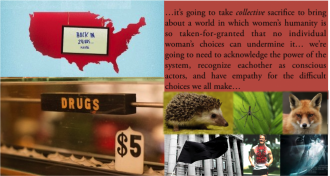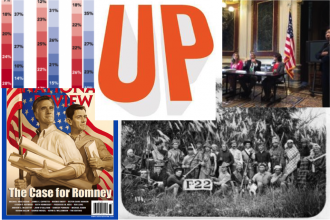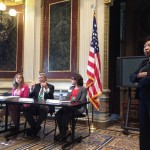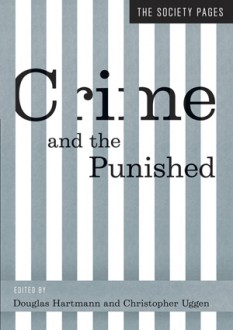I’ve been thinking a lot lately about what sociologists have to gain from doing “public sociology,” from engaging broader, non-ivory tower audiences more self-consciously and systematically. In my last post, “Ears to the Ground,” in fact, I gave the example of how, in my own experience with journalists and reporters, I often learn a great deal about current events, institutional dynamics, and emerging social trends that I wouldn’t otherwise be privy to. These are concrete facts, the kind of empircal social realities I talk a lot about but often don’t have the time or access to collect. But there is so much more to be gained from going public as a sociologist.
One of those potential benefits is the understanding and perspective that comes from actually conversing with regular, ordinary folks out there in the real world about our big ideas, social findings, and critical interpretations of social life. These conversations are not always the easiest to have–in fact, non-specialists not only often misunderstand our findings and claims, but adamantly disagree with them. But engaging these disagreements and addressing these misunderstandings–engaging in real, genuine public dialogue and debate–can really help sharpen and shape our own understandings of things as well as make us much more effective participants in public dialogue and public policy debates. more...
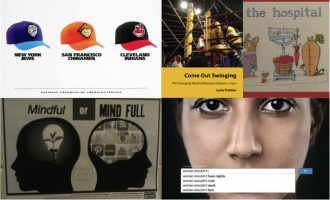 Becoming Aware
Becoming Aware
